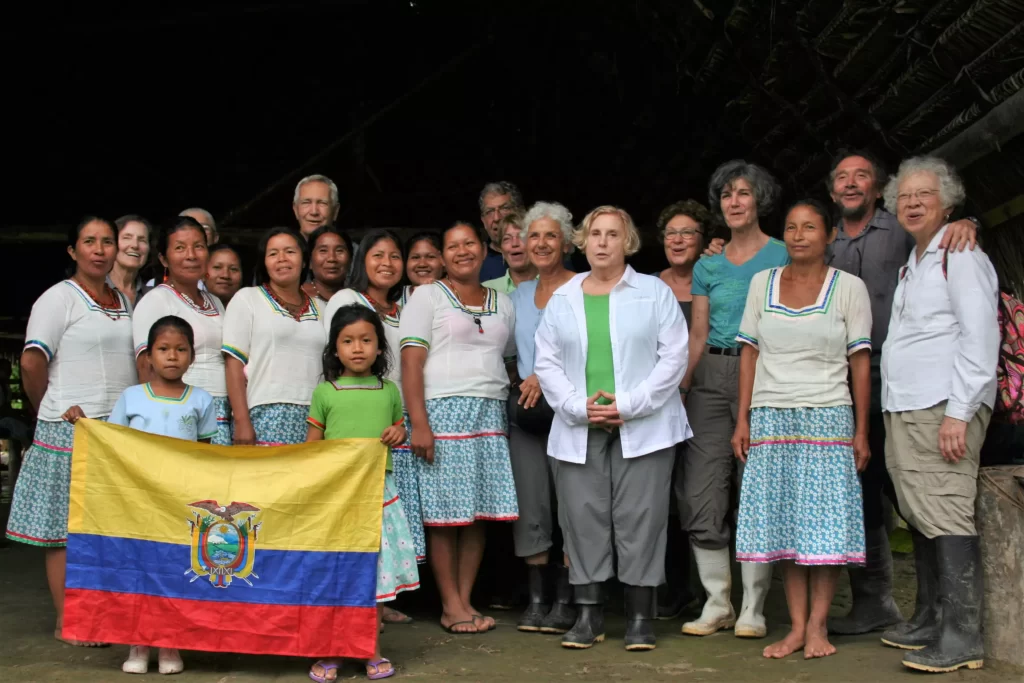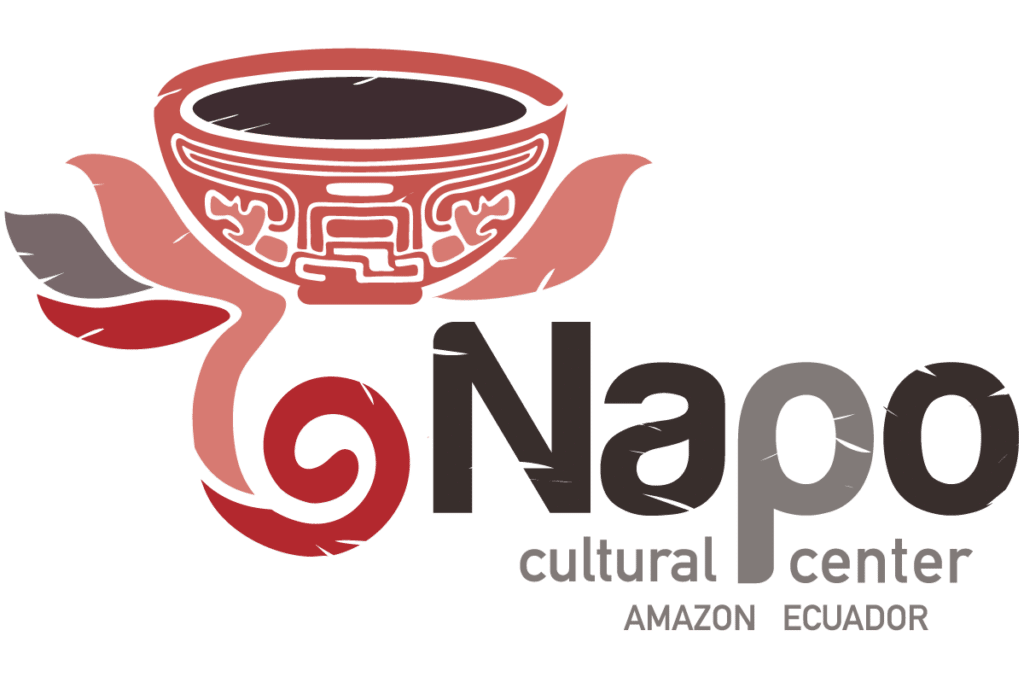High in the majestic Andes of Ecuador, alpacas can be seen gracefully wandering the slopes of Cotacachi Volcano. These gentle creatures are more than just picturesque animals; they are an integral part of the indigenous communities that call this region home. Among them, the Morochos community relies on alpacas not only for their economic value but also for their role in preserving the delicate ecosystem of the highland páramos.

Alpacas: Stewards of the Highlands
José Flores, vice president of the Morochos community, affectionately refers to alpacas as the “best friends of the highland páramos.” Unlike cattle, alpacas have soft padded feet that do not damage the soil, and their unique grazing habits—using their teeth to cut grass like scissors—help maintain the natural balance of the ecosystem. This is why the community decided to introduce Peruvian alpacas, now numbering 57, to replace cattle, whose hooves eroded the fragile páramo surface. The area near the volcano’s summit serves as a vital buffer zone for the Cotacachi-Cayapas Ecological Reserve, and alpacas play a crucial role in its conservation.
Reviving Tradition in Imbabura
In Imbabura Province, the Zuleta community manages 74 alpacas, whose fine fleece is woven into hand-crafted jackets. The community is dedicated to reviving the ancestral tradition of alpaca husbandry, a practice cherished by their grandparents. Zuleta is part of the Pacha Project, which aims to improve the genetic quality of alpacas to enhance fiber production. Funded by the Heifer Ecuador Foundation, this project spans four provinces in the Andes. The Ministry of Agriculture, Livestock, and Fisheries has provided 200 male alpacas to 16 communities, supporting the production of higher-quality fiber.
Sustaining Livelihoods in Cañar
In Cañar Province, approximately 135 indigenous families make a living by raising alpacas. The wool is used to craft clothing sold throughout southern Ecuador. Some of these families reside in Cebadaloma, a community in Biblián canton, situated at around 2,900 meters (9,500 feet) above sea level. Reaching this remote area requires navigating a narrow, dusty road, where the climate grows increasingly cold and the winds are biting. Here, the alpacas thrive. The shearing of wool typically occurs in October and is done manually with scissors. The income from wool sales is reinvested into caring for the alpacas and purchasing looms for weaving garments.
Alpacas and Cultural Heritage
Alpacas are more than just animals; they are symbols of cultural heritage and ecological stewardship in the Andes. The sustainable practices surrounding alpaca husbandry reflect a deep respect for the land and the traditions passed down through generations. By supporting alpaca farming, these communities not only preserve their way of life but also contribute to the conservation of one of Ecuador’s most vital ecosystems.
Experience the Andes with the Napo Cultural Center
Discover the rich tapestry of life in the Ecuadorian Andes with a visit to the Napo Cultural Center. Our guided tours offer insights into the lives of indigenous communities and their harmonious relationship with nature. Witness firsthand the incredible biodiversity and cultural heritage that make this region so unique.
Plan your journey today and immerse yourself in the wonders of the Andes, where every encounter with these majestic creatures enriches your adventure.




